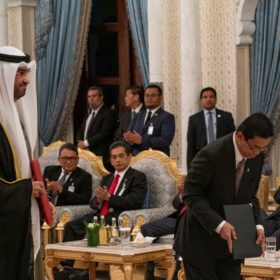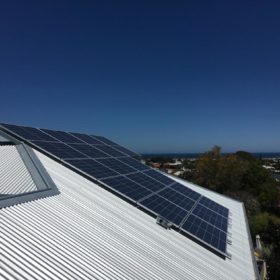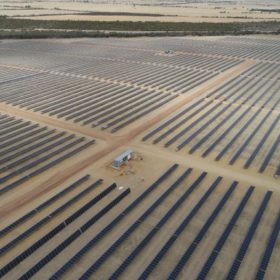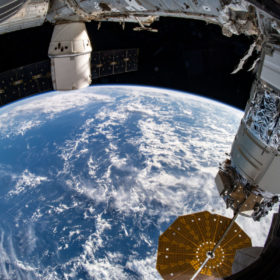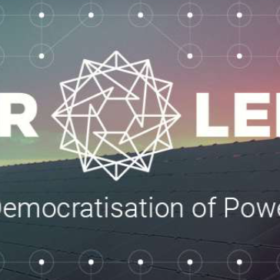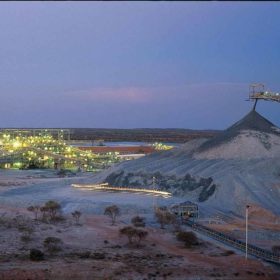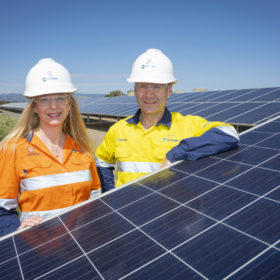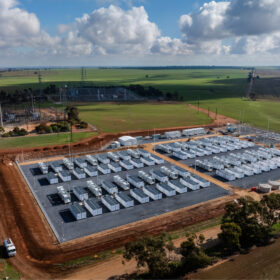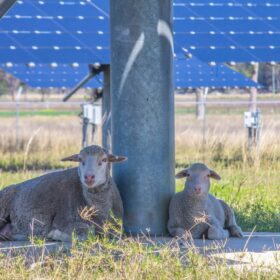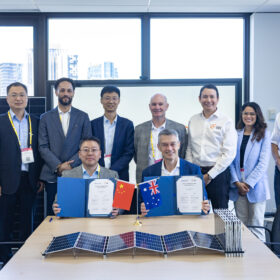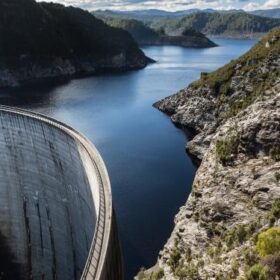Masdar to build Indonesia’s first floating solar power plant
Abu Dhabi-based renewable energy group Masdar is sailing into the southeast Asian market with its, and Indonesia’s, first floating solar power plant. The project is to be the largest of its kind in South East Asia.
Australia installs 2.13 GW of rooftop solar in 2019
The final tally was 2.13 GW of sub-100kW systems registered in 2019 following a record installation surge in December, according to solar analyst SunWiz. This represents a jump of a 35% year-on-year and puts the grand total at 10 GW.
Port Augusta 320 MW wind-solar project secures finance
Spanish utility Iberdrola is investing $500 million in a massive hybrid renewable energy project in South Australia. The funding will pave the way for the landmark project developed by DP Energy to proceed following a significant delay.
Merredin Solar Farm moving swiftly to completion
Chinese PV module manufacturer Risen Energy is nearing completing on its second utility-scale solar project in Australia, the 132 MW Merredin Solar Farm. Risen’s swift meeting of deadlines suggests the achievement of its ambitious 2 GW goal for renewable investment in Australia is only a matter of time.
Solar cells from space are on the way
A team at the U.S. National Renewable Energy Laboratory has come up with a new process that would reduce the production cost of highly expensive – and highly efficient – gallium arsenide cells.
Power Ledger to integrate blockchain-enabled energy auditing in solar assets
The Australian peer-to-peer (P2P) energy trading pioneer has purchased a 250kW PV system that will utilize the company’s new energy data management and settlement system to provide greater visibility on renewable energy sold to a consumer under a 20-year power purchase agreement.
CEFC, Bank of Australia launch first green home loan program
Australia’s green bank has partnered with Bank of Australia to deliver discounted interest rates to green home builders and buyers. The green home loan is the first Australian financial instrument to use energy efficiency measurement tools to determine eligibility.
Researchers stress the necessity of stable supply of green-tech minerals and metals
The global transition to a low-carbon energy future hinges upon the sustainable supply of green-tech minerals and metals, says researchers. Australia’s reserves and export capabilities in nickel, cobalt, lithium and other rare earths mean our next mining boom could be of global existential importance.
SA Water unveils major solar and storage plans for 2020
South Australia’s largest water and sewerage services supplier is planning to invest more than $300 million in solar and energy storage during the course of this year as it moves closer to its ambitious goal of achieving a zero cost energy future.
Researchers discover how hydrogen causes embrittlement of steels
University of Sydney researchers have found evidence of how hydrogen causes embrittlement of steels, the discovery that can potentially pave the way to hydrogen-fueled future. The groundbreaking research also reveled a technique to address this challenge.
